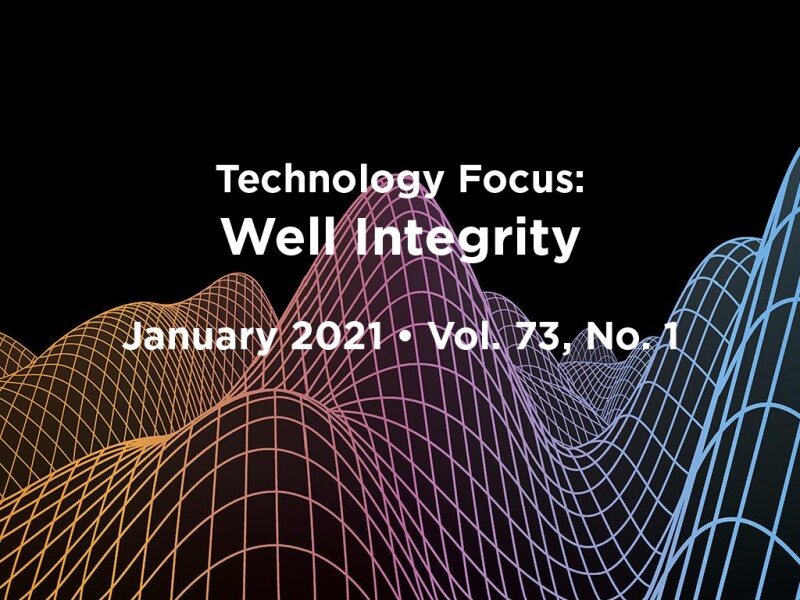Integrity (noun): the condition of having no part or element wanting; unbroken state; material wholeness, completeness, entirety.
I don’t need to explain to readers of this journal why these definitions are important in relation to oil and gas wells. It is a life-of-well obligation that remains even after abandonment, and any responsible operator will have a dedicated well-integrity group advising asset managers with regard to these obligations.
While reviewing the abstracts for this feature, I was struck by the huge range of issues and challenges to maintaining “material wholeness” beyond the routine testing of tree and safety valves. That made me wonder why more drilling, completion, and production engineers do not spend at least part of their early career development in a well-integrity team.
A good way to learn how to design and operate a well that will last the test of time is to spend time evaluating the reasons why some wells do not. Anyone desiring to get a pretty good awareness of geology and geomechanics, casing and tubing design, drilling fluid and cementing practices, oilfield equipment material specification, design and testing, with some production engineering fluid temperature and pressure modeling thrown in, could do a lot worse than spend a year or two in a well-integrity department.
It might not seem the most cutting-edge role in the company, and many older wells have integrity issues that seem almost intractable, so it is perhaps natural that we are more interested in the shiny and new. But, if you have read this far, I would encourage you to read some of these papers and see how these authors have approached the issues as challenges to be faced, not shied away from.
And, because it’s that time of year for personal development planning and goal setting, why not work to attend once of the many well-integrity conferences, seminars, or talks organized by SPE each year? Better yet, for your own career material wholeness, why not consider a secondment to your well-integrity department?
This Month's Technical Papers
Novel Geophone Array Measures Exact Location of Fluid Movement Behind Casing
Field Measurements Validate Transient Annular Pressure Buildup Model
Using Shale as a Barrier Simplifies Well Abandonment
Recommended Additional Reading
SPE 197308 Geomechanical Assessment of Compaction-Related Well-Integrity Risks for a Large Field in Oman by Mohammed Al-Aamri, Petroleum Development Oman, et al.
SPE 199057 Identification of Fluid-Flow Zones in the Reservoir and Behind-Casing Through the Second Derivative of the Flowing Temperature by José W. González, Lupatech Oilfield Services, et al.
SPE 201682 Effectiveness of a Smart Hydrogel in Well-Leakage Remediation by Nathan Welch, Los Alamos National Laboratory, et al.


